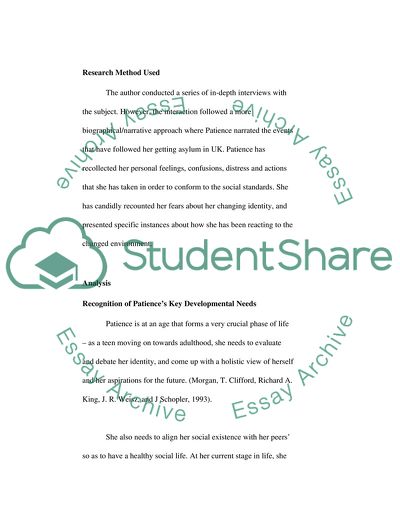Cite this document
(A Study of the Development of an Individual Research Paper, n.d.)
A Study of the Development of an Individual Research Paper. Retrieved from https://studentshare.org/creative-writing/1703373-a-study-of-the-development-of-an-individual-known-to-you
A Study of the Development of an Individual Research Paper. Retrieved from https://studentshare.org/creative-writing/1703373-a-study-of-the-development-of-an-individual-known-to-you
(A Study of the Development of an Individual Research Paper)
A Study of the Development of an Individual Research Paper. https://studentshare.org/creative-writing/1703373-a-study-of-the-development-of-an-individual-known-to-you.
A Study of the Development of an Individual Research Paper. https://studentshare.org/creative-writing/1703373-a-study-of-the-development-of-an-individual-known-to-you.
“A Study of the Development of an Individual Research Paper”, n.d. https://studentshare.org/creative-writing/1703373-a-study-of-the-development-of-an-individual-known-to-you.


